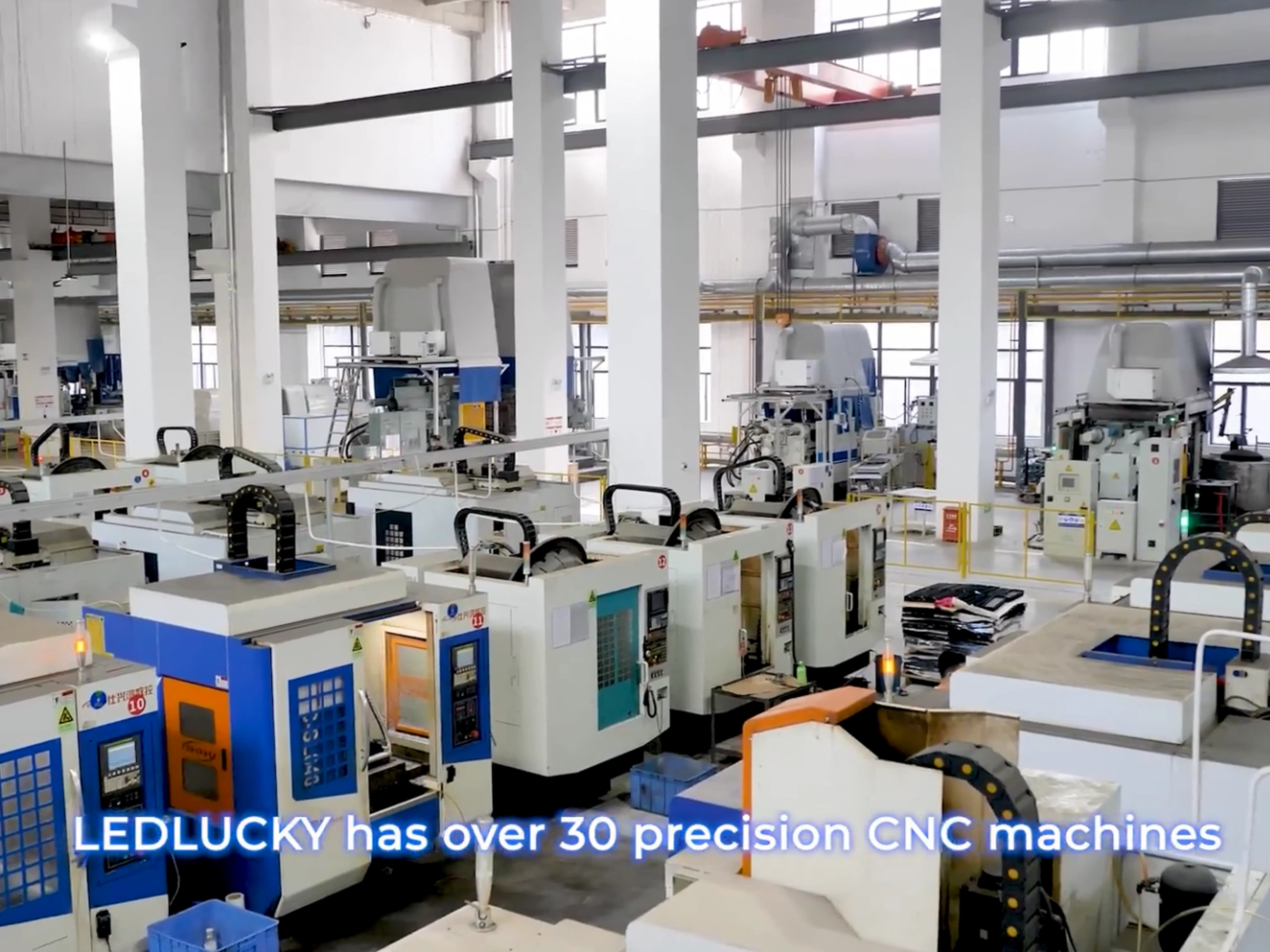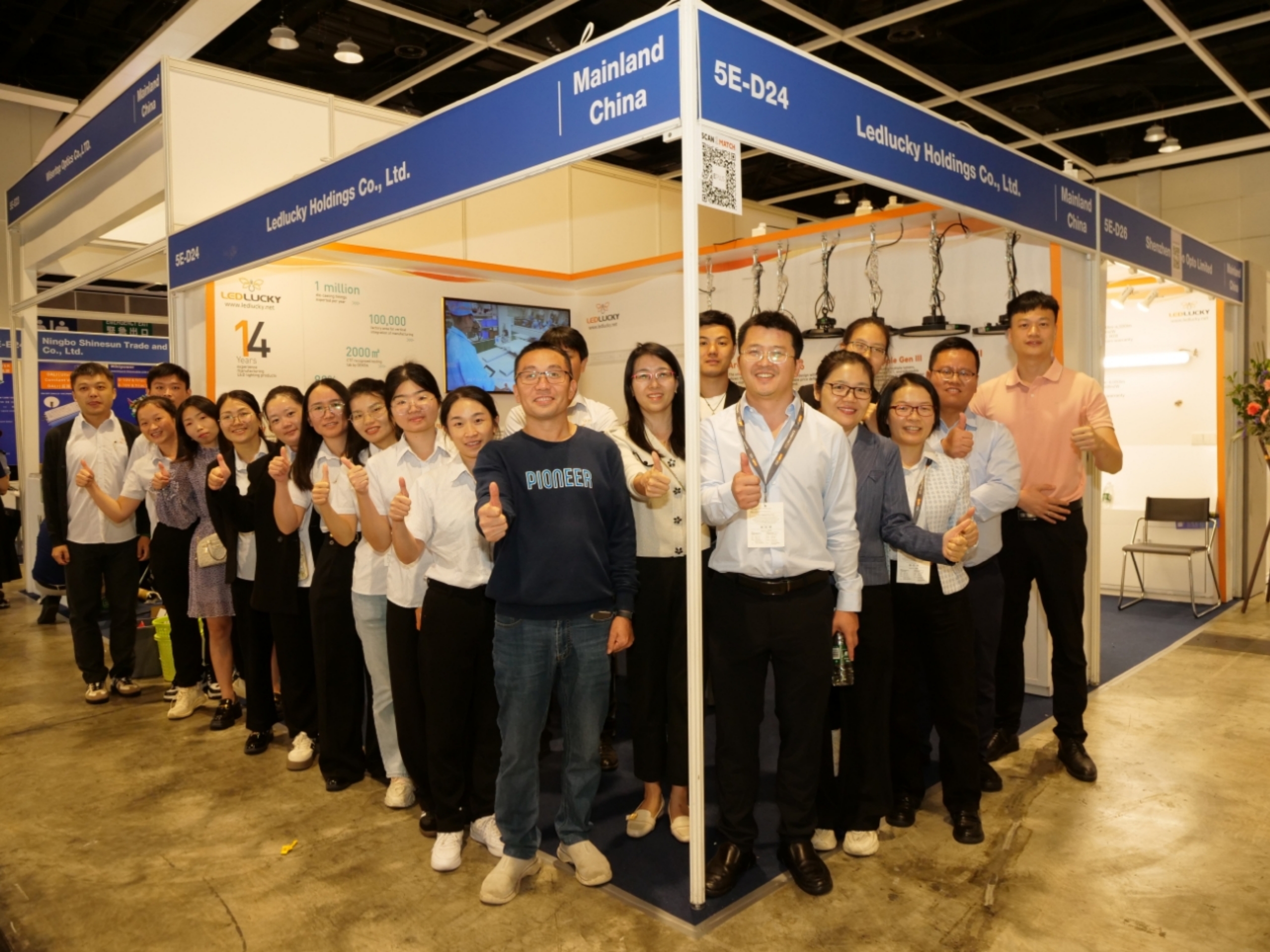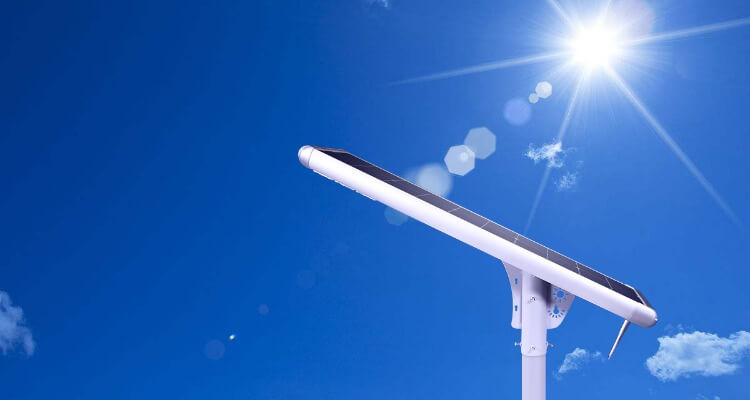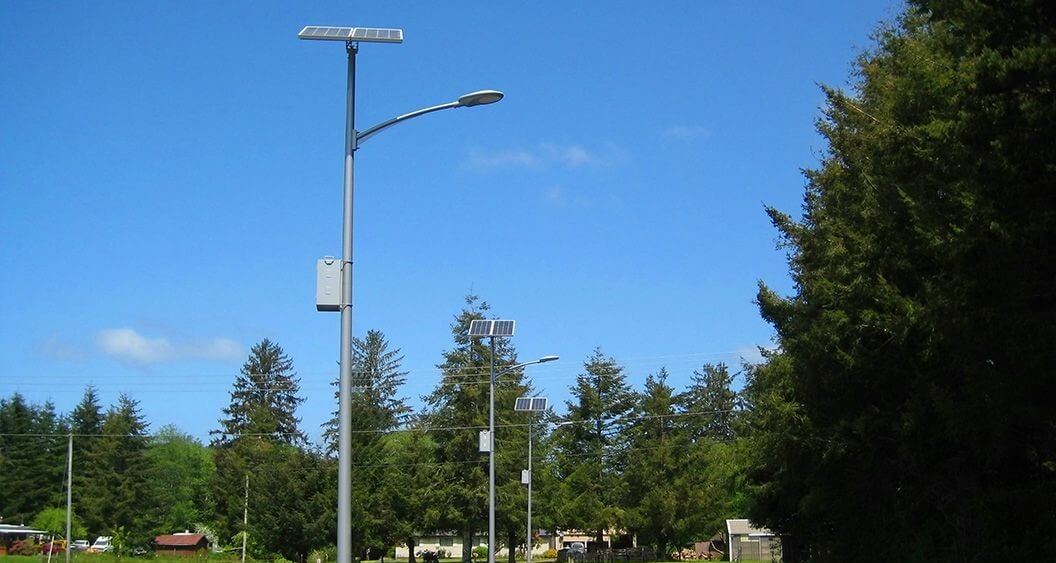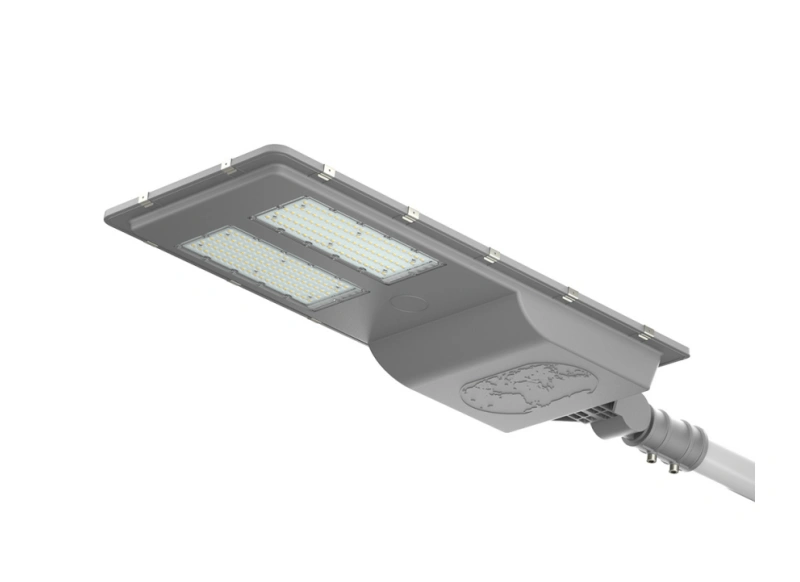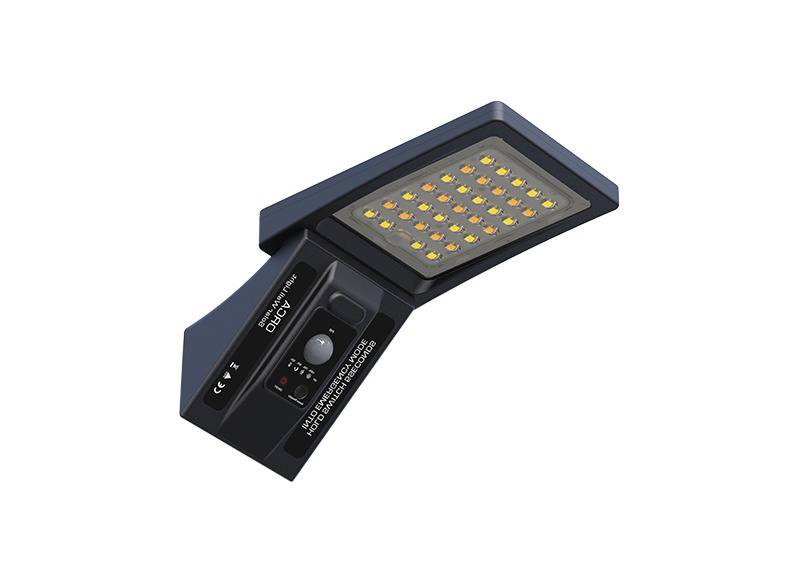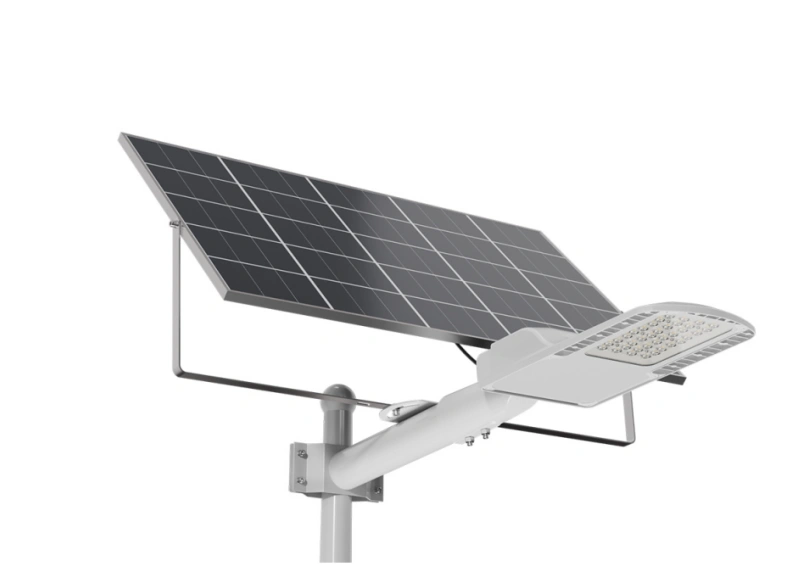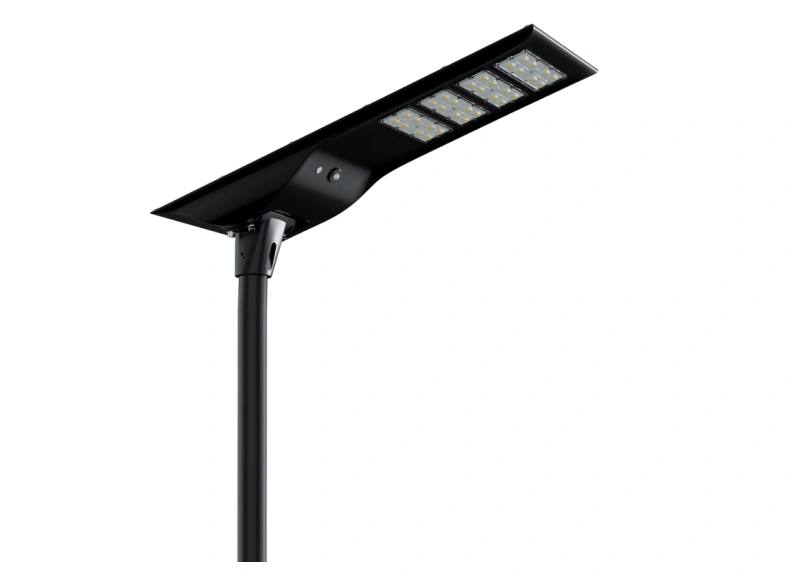How Do Solar Road Lamps Improve Our Lives?
People are becoming much more interested in solar energy as a dependable source of street lighting. It is due to its various benefits, which include energy saving, lower costs, decreased reliance on the grid, etc. With the help of this sustainable energy source, roadways can be brightly lit.
One little unit has solar street lighting systems, built-in batteries, sophisticated sensors, Light-Emitting Diodes (LEDs), and PV panels. As a result, it is a sustainable and environmentally beneficial choice for outdoor lighting. The benefits of solar street lighting must be sufficiently understood to benefit in the long run.
What Is Solar Street Light?
The sun provides the illumination for solar streetlights. Solar lights are powered by solar cells. It is feasible to harness the power of sunshine. On the lamp post or other structure, solar panels can be installed. The rechargeable batteries will be powered by solar panels, and they will in turn power the nighttime street lights.
How Do Solar-Powered Street Lights Work?
Solar energy usage has existed for a long time. Currently, solar energy is used to power our devices as well as the structures where we reside or work. The same purpose will be served by solar streetlights. Due to its unsurpassed quality and extraordinarily effective capabilities, solar lighting is the best alternative for outdoor use. You can install solar-powered street lights in any public space.
LEDLUCKY offers the best range of lights for playgrounds, schools, parks, and other public spaces. There are several different types of solar streetlights available. They can be utilized for lighting, decoration, and other purposes. People may drastically reduce pollution and promote sustainable energy by adopting solar streetlights.
Advantages of Solar Street Light Systems
Although solar lights have many benefits, some of them are the best justifications for switching. These benefits include:
1. Solar Street Lights are inexpensive
It is important to note that alternatives to standard street lighting that use solar energy are substantially less expensive. Even if the initial installation cost is higher, solar streetlights are a better investment when you consider the whole cost. It is for their longer lifespan and lower maintenance needs compared to standard street lights.
2. Solar Street Lighting Has Improved Neighborhood Safety
Streetlights that run on solar electricity have no connections. Compared to conventional street lights, it lessens the risk of events like burning and power drowning. Second, in remote villages without access to conventional lighting, solar-powered streetlights have increased community safety and allowed residents to go about their everyday lives deep into the night.
3. Solar streetlights have a wide range of uses
Commercial and residential solar LED street lighting are two applications. Solar street lights are used in airport parking, interstate roadway lighting, overpass lighting, and commercial lighting, among other places. These can also be used to light up your neighborhood or local playground for children. One of the numerous advantages of solar streetlights is that they are secure, unpolluted, and transportable.
4. Solar streetlights can reduce a building’s and business’ carbon footprint
If you are an environmentalist who is concerned about protecting your country’s natural resources, solar street lighting alternatives may appeal to you. According to the Rhodium Group, greenhouse gas emissions in the US increased by about 1% in 2022 compared to the previous year. Additionally, it is highly concerning that American homes have a carbon footprint that is five times higher than the global average. By putting solar street lights in your neighborhood and place of business, you may significantly reduce your carbon footprint and remove the costs associated with street lighting.
5. Solar Lights Have a Longer Life Span Than Traditional Street Lights:
Ordinary street lighting only has a 5000-hour lifespan. During a grid failure, conventional streetlights will likely stop operating until power gets restored. Despite power outages and system failures, solar street lighting solutions ensure that the lights are on all night. Solar street lighting options are reliable and ultimately consume less electricity.
Things to Consider When Selecting Outdoor Solar Lights
Always keep the following things in mind while selecting outdoor solar lights:
Purpose:
Have a plan for how you will use your solar lights before you go shopping. Do you need fittings for security and safety or are you looking for aesthetic ones? Depending on the use, design, and function, the best product fit can differ.
Brightness:
Lumens are the current unit of measurement for brightness. Compared to the earlier watts measurement, the more recent lumen measurement is more useful. A typical 40-watt incandescent light bulb, for instance, generates between 300 and 500 lumens. A LED light produces an equivalent amount of lumens while consuming only three to five watts.
Solar panel type
Solar panels are generally used to power solar lights. The three solar panel types listed below are those we frequently employ:
Amorphous Solar Panel: One photovoltaic layer is present in an amorphous solar panel. Despite covering the whole surface of the device, they are still lightweight and flexible.
Monocrystalline Solar Panel: A single silicon solar cell serves as the fundamental unit of a monocrystalline solar panel. They are heavy and rigid, but they are the finest at efficiently producing electricity.
Polycrystalline Solar Panel: To make polycrystalline solar panels, multiple silicon crystal fragments are fused together. They are heavy and stiff, just like the monocrystalline variety. They are economical.
Battery Type:
When the sun isn’t out, your solar lights must continue to work. Batteries can be useful in this circumstance. Batteries store electrical energy as chemical energy, which is then released and saved in reactions. Lead-acid batteries generate power through the reaction of sulfuric acid and lead. Nickel-cadmium (NiCd) and nickel-metal hydride (NiMH) batteries are additional battery kinds. In terms of charge time, energy storage, weight, and longevity, each perform differently.
Recharge and Run Time:
Make sure you are aware of how long solar lights take to charge and how long they last. It could be required to use a battery that can last all night or longer. Continuously draining batteries until they are empty substantially reduces their lifespan.
Bulb Type:
LED lighting is the most energy-efficient type of outdoor lighting available. They consume a lot less energy than fluorescent lights, and unlike CFL bulbs, they cannot break and spew dangerous poisons into the air. They continue longer, too.
1,000–20,000 lumen pool lights and 3,000 lumen LED security floodlights are both readily available. On the other end of the spectrum are small, colorful fairy lights that can be hung from trees and have 1.2 lumens.
Features and Accessories:
Consider your needs for features and extras when deciding how to purchase solar lights. You can choose between manual and automatic options, as well as some clever garden tools. Some cultivars change their color and intensity.
How long do Solar Panels and Lights Last?
How long solar lights last depends on the kind of battery or solar panel used. The LED lights used in solar panels have a minimum ten-year lifespan. As a result, solar light problems are uncommon. The battery type also affects the lifespan of the solar light. The battery is typically at fault. A solar battery can last between two and five years. However, you have no control over the solar panels.
Important considerations about solar lights include:
Although solar lamp makers designed them to weather the elements, you will ultimately need to replace them.
It varies on several variables, including usage, the quality of the product, and how much sunlight it receives.
Solar lights typically endure for several years before needing to be replaced. Numerous solar lighting systems include a manufacturer’s warranty that, for a specific time, covers flaws and other problems.
Solar lights will survive longer in areas with more sunlight than they will in areas with less sunlight.
If you use solar lights more frequently than you would if you used them less frequently, they will last less time. The batteries and other parts of the solar lamp will ultimately become worn out from regular use.
Conclusion
A great lighting solution with a long, dependable lifespan is the solar streetlight. A self-solution that can handle all of your requirements and a better light source that covers more ground. It works on autopilot, so you do not have to bother about maintaining it. A more secure choice that people might consider when it comes to defending the environment. It has an adjustable source that can be set up at the optimum angle to let the gadget directly capture sunlight. Their battery capacity is also quite good, increasing your time without electricity.

